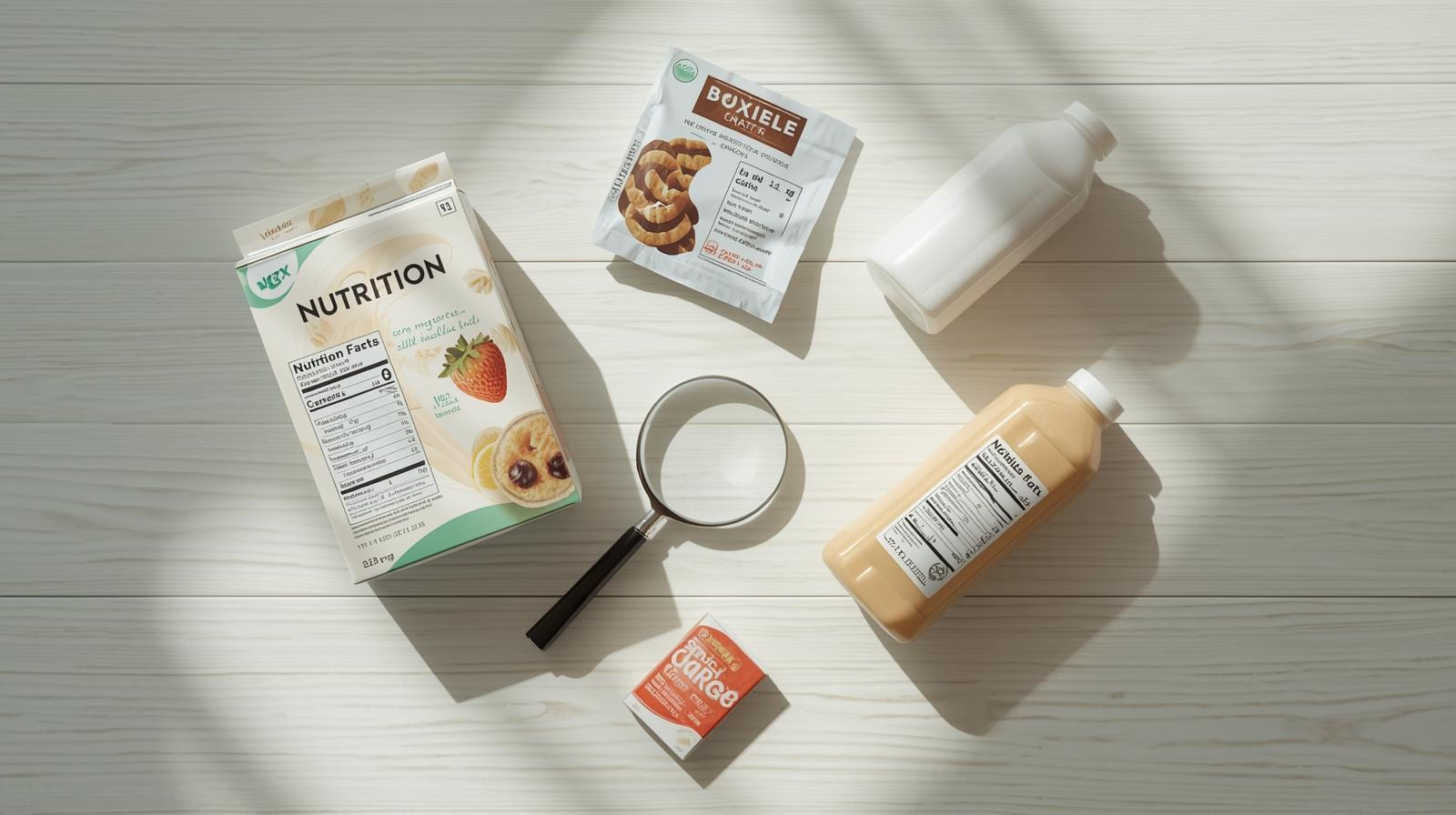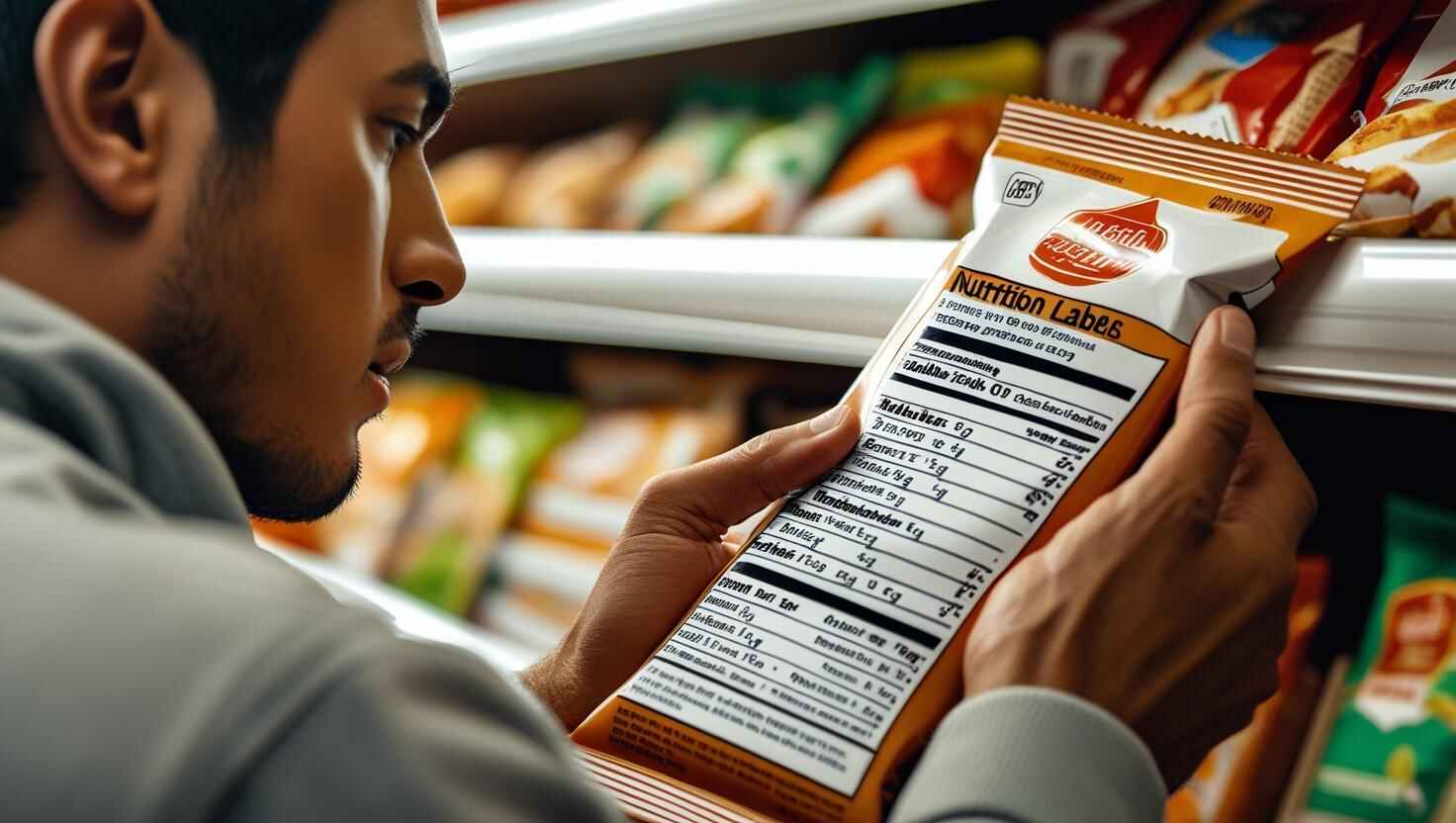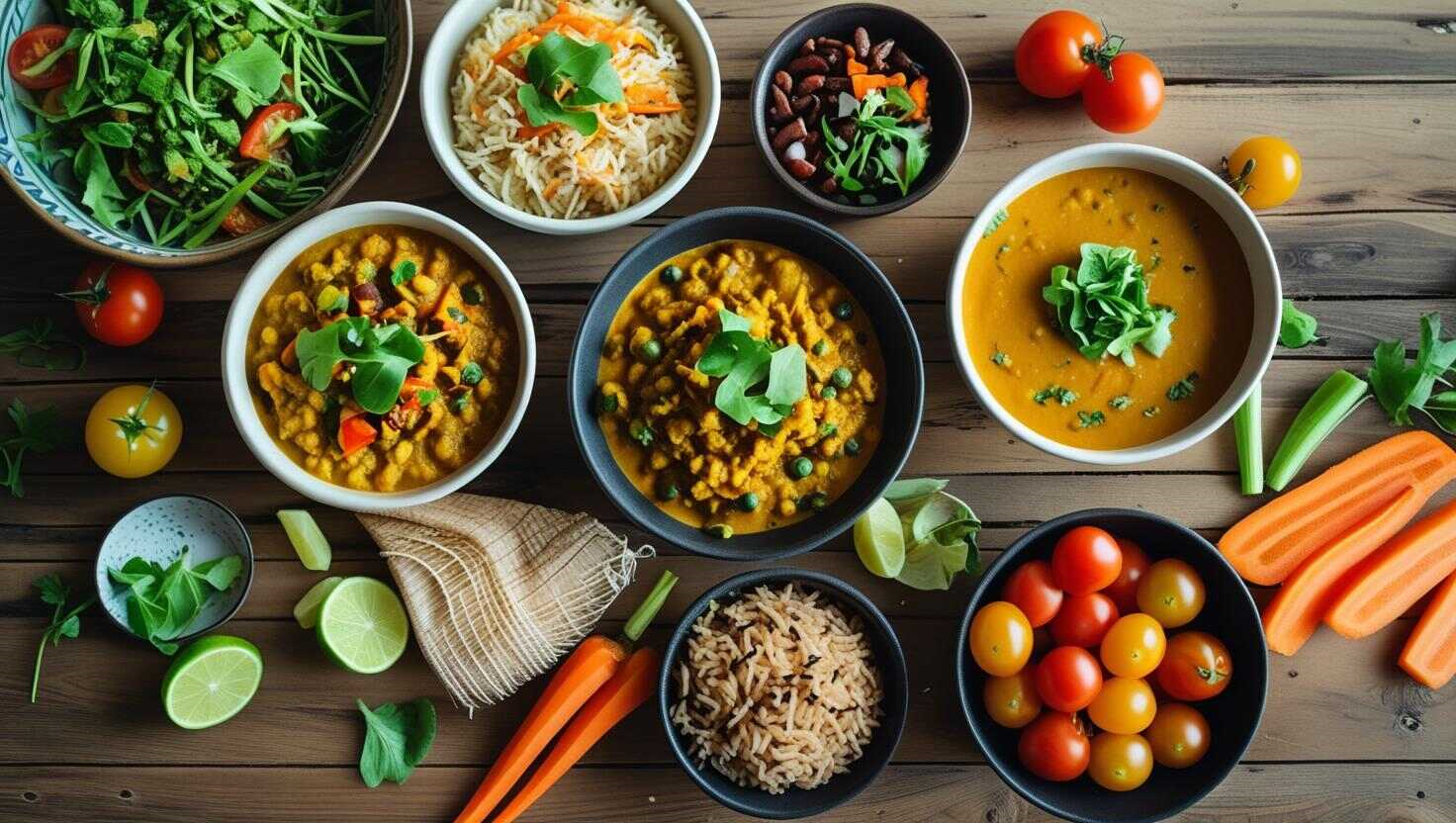
 by Admin
by Admin
 12 Oct, 2025
12 Oct, 2025
How to Interpret Food Product Labels: Your Guide to Smart and Safe Choices
Walking through a supermarket can feel like navigating a maze — bright packaging, bold claims, and endless choices. But behind every colourful label lies the real story of what you’re putting into your body. If you know how to read it, a label can tell you everything you need to make smarter, safer food decisions for yourself and your family.
Why Reading Food Labels Matters in India
Most of us check expiry dates — that’s good. But here’s the thing: a study by the National Institute of Nutrition found that while over 80% of Indian consumers check dates, only 16% actually understand the nutrition panel. That gap matters.
Food labels aren’t just technical info — they’re your personal health guardrail. They help you:
- Spot allergens that could trigger reactions.
- Know if a product fits your vegetarian or non-vegetarian diet.
- Judge whether a product’s nutritional value matches its claims.
The Food Safety and Standards Authority of India (FSSAI) enforces strict rules under the Food Safety and Standards Act (2006). This ensures companies stay transparent and you get accurate information before you buy.
The FSSAI Logo and Licence Number — Your Safety Seal
Whenever you buy a packaged product, check for the FSSAI logo and the 14-digit licence number beside it. This isn’t just a formality — it’s your assurance that the manufacturer is registered, inspected, and accountable under India’s food safety laws.
Why it matters:
- Confirms the product follows Indian safety standards.
- Ensures the manufacturer is traceable and legally registered.
- Guarantees a basic level of quality control and hygiene.
- Where you’ll see it:
On milk, snacks, cereals, beverages, biscuits, namkeen, and just about everything pre-packed.
If it’s missing? That’s a red flag — skip it.
Colour-Coded Symbols: What They Mean
India’s colour-dot system is brilliantly simple — it tells you what’s inside without making you dig through ingredients.
🟢 Green Circle: 100% vegetarian. No meat, poultry, fish, or egg.
🔴 Red Circle: Contains non-vegetarian ingredients like meat, fish, poultry, or egg.
🟡 Yellow Mark: Products with eggs but no meat or fish — useful for ovo-vegetarians.
🔵 Blue Mark: Foods designed for medical or therapeutic use — consume only under professional guidance.
⚫ Black Mark: Indicates high levels of chemical additives, synthetic colours, or artificial flavours. Experts recommend limiting these as much as possible.
Decoding Ingredients and Additives
1. Ingredient Order Tells the Truth
Ingredients are listed in descending order by weight.
If sugar or refined flour shows up first in your “healthy” cereal — you’re basically eating dessert for breakfast.
Always check what’s at the top of the list; that’s what you’re mostly buying.
2. Identify Common Allergens
Watch out for:
- Milk and dairy proteins (casein, whey)
- Peanuts and tree nuts
- Eggs
- Fish
- Soy
- Wheat
These make up around 90% of food allergies in India and can cause severe reactions for sensitive people.
3. Preservatives and Additives
Prefer Class I preservatives (natural) over Class II (synthetic).
Limit foods with too many artificial colours (like Tartrazine – E102) or flavour enhancers such as MSG.
4. Fortified Foods
“Fortified” means extra nutrients — like Vitamin A, D, B12, or iron — added to improve value.
Look for labels like “fortified wheat flour” or “vitamin-enriched milk”.
The Nutrition Facts Panel — Where the Real Story Lives
This box is where marketing stops and truth begins.
Learn to read it line by line.
Serving Size
Check serving size and total servings per pack.
A snack that looks low-calorie might actually be three servings in disguise. Always multiply if you’re eating the whole pack.
Calories (Energy)
Most adults need roughly 2,000–2,500 kcal per day.
Use this to balance your meals — not to obsess, but to stay aware.
Macronutrients
- Carbs: Watch added sugars.
- Protein: Needed for repair and energy.
- Fats: Choose low in saturated and trans fats.
Sodium
Too much sodium raises blood pressure.
Pick lower-sodium options — under 400 mg per 100 g if possible.
Fibre
Fibre is your digestive system’s best friend.
Aim for 3–5 g per serving — it keeps you full, stabilises blood sugar, and supports gut health.
Milk and Dairy — Reading Them Right
Milk products need extra care because they spoil easily. Here’s what to look for:
- ISI Mark: Guarantees the product meets Bureau of Indian Standards for safety and quality.
- Date of Manufacture & Best Before: Fresh milk = 3–5 days refrigerated. UHT milk = several months unopened.
- Batch/Lot Numbers: Help trace the source in case of recalls.
- Fortified Labels: Vitamin D for calcium absorption and Vitamin A for immunity and vision.
If the pack is missing any of these, it’s not worth the risk.
Understanding Batch Codes and Dates
Batch/Lot Numbers: Identify exactly when and where a product was made.
Date of Manufacture (MFD): When it was produced — tells you freshness.
Best Before: Quality starts to drop after this.
Expiry Date: The last day it’s guaranteed safe to eat.
⚠️ Keep packaging until you’ve finished the product — it’s critical for recalls or complaints.
Smart Shopping Tips
Use these quick checks every time you shop:
1. Compare Per 100 g/ml
Ignore “per serving” — it’s often manipulated. Compare products by 100 g or 100 ml for accuracy.
2. Follow the 10–10–5 Rule
Pick products with:
- <10 g sugar
- <10 g fat
- 5 g fibre
per 100 g.
Simple rule, big health difference.
3. Avoid High-Additive Foods
Skip items with the black mark or long lists of preservatives and artificial colours.
4. Choose Sustainable Packaging
Prefer recyclable or biodegradable materials.
Look for the Jaivik Bharat logo — it confirms genuinely organic produce without synthetic fertilisers or pesticides.
Empower Yourself: Read, Verify, Report
Every time you read a label, you’re protecting your health — and everyone’s around you.
Being label-aware isn’t about paranoia. It’s about power — knowing what you’re consuming and making the market more honest.
Before you buy:
✅ Verify the FSSAI number.
✅ Read the full label — not just the front.
✅ Report violations or fake products to the FSSAI helpline.
✅ Visit www.ffrc.fssai.gov.in for verified nutrition info and updates.
Every label you read is a small act of awareness. Every smart choice you make builds a healthier, more informed India.
Sources: FSSAI Guidelines (2023); Food Safety & Standards Act (2006); Bureau of Indian Standards; WHO Asia Reports.
Disclaimer: Educational use only — not a substitute for medical or professional dietary advice.
Search
Recent Post

 16 Oct, 2025
16 Oct, 2025
Corporate Wellness: The New Workplace Priority

 12 Oct, 2025
12 Oct, 2025
What’s Really Inside Your Food Packet?

 02 Jul, 2025
02 Jul, 2025
Is Your Air & Water Making You Sick?

 14 Jun, 2025
14 Jun, 2025
















